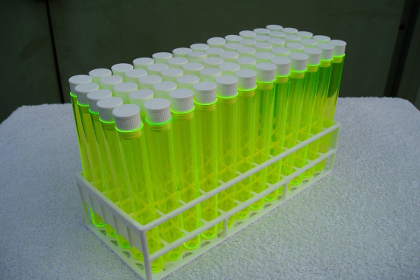
Could CRISPR Gene Editing Change the Future of Ag?
Up until recently, a genetically modified organism was one that had its genetic materials engineered. Now, a new technology is completely blurring the line. It’s called gene editing, and it involves “turning off” or deleting genes from a plant’s genome, as opposed to moving genes from one species to another.
This technology exists in a gray area because of some recent, and relatively quiet decisions by the U.S. Department of Agriculture (USDA) not to regulate gene edited crops as it does genetically modified organisms (GMOs). And the GMO labeling bill that Congress just passed may further the ambiguity by omitting gene editing.
July 25, 2016 | Source: Civil Eats | by Jesse Frost
Up until recently, a genetically modified organism was one that had its genetic materials engineered. Now, a new technology is completely blurring the line. It’s called gene editing, and it involves “turning off” or deleting genes from a plant’s genome, as opposed to moving genes from one species to another.
This technology exists in a gray area because of some recent, and relatively quiet decisions by the U.S. Department of Agriculture (USDA) not to regulate gene edited crops as it does genetically modified organisms (GMOs). And the GMO labeling bill that Congress just passed may further the ambiguity by omitting gene editing.
So although the genomes in these crops are technically being modified, the government believes these crops do not—at least for the moment—pose enough environmental risk to require the same oversight as traditional GMOs.
Despite the fact that these major regulatory bodies have shown less inclination to scrutinize these crops, other questions remain. Will the plant breeders who shape our food embrace this technology as standard practice? And perhaps, more importantly, will consumers object if they do? Because the farmers who buy the seed to grow these crops will surely be taking note.
Bringing CRISPR to Your Lettuce
There are several ways to edit plant genes, but certainly the method causing the most buzz is CRISPR/Cas9—or CRISPR for short—which is considered the most efficient editing technology to date. Using a naturally occurring immune response found in certain bacteria, CRISPR cuts into the genome of a given species and allows scientists to remove genes without directly disrupting neighboring DNA. Gene editing itself is nothing new, but what’s unique is the precision, relative affordability, and universal applicability of CRISPR, and its potential is hard to fully imagine.
